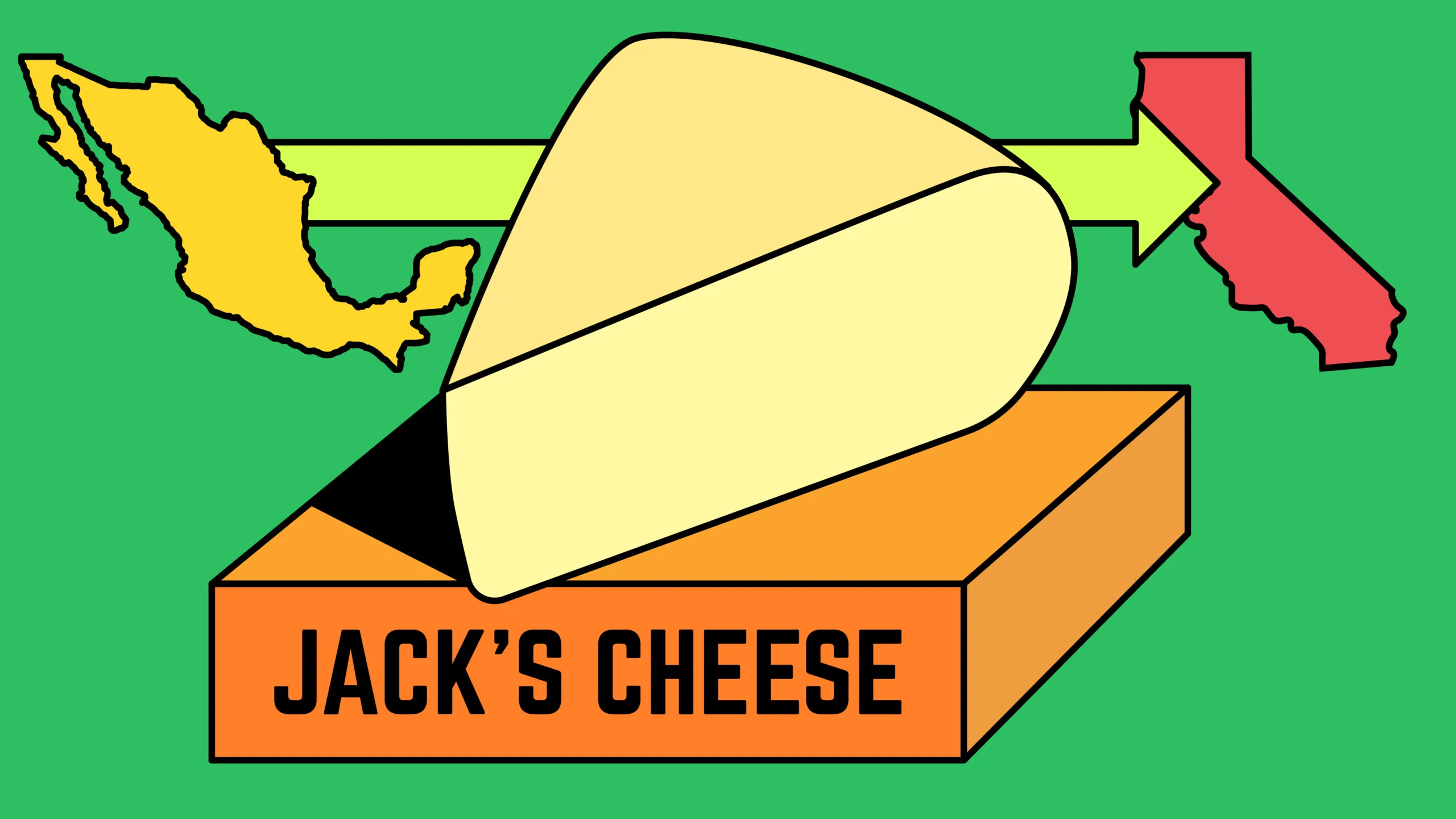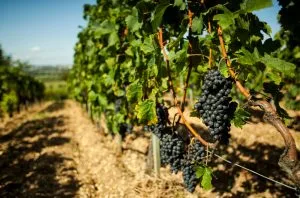This article is part of our Cocktail Chatter series, where we dive into the wild, weird, and wondrous corners of history to share over a cocktail and impress your friends.
When European settlers began trickling into the American colonies, they brought their food and drink traditions with them. From winemaking to distilling to cheesemaking, techniques and products we may now consider to be a part of American gastronomy usually trace back to other cultures and continents. One prime example is Monterey Jack cheese. Though often listed as an American or Californian product, it’s about as American as tacos and guacamole. Upon cheesemaking’s arrival in the States, there were some bold moves by bold businessmen to rewrite the narrative of a certain Italian cheese.
The Wild West
The Roman Empire collapsed in 476 A.D., and much of the world’s knowledge on cheesemaking vanished along with it, though Christian monasteries held on to some Roman techniques for wine and cheese production that endured through the fall. So when Franciscan monks and missionaries eventually traveled abroad, they brought their religion and their knowledge of cheese and winemaking to Majorca, Spain, and eventually Mexico.
Back in 1769, Spanish Franciscan priest Junipero Serra traveled to northern Mexico and founded the first California Catholic mission near present-day San Diego. The following year, another mission popped up at Monterey Bay. With these missions came Spanish foods, including olives, grapes, cattle, and queso blanco país, also known as country white cheese. Roughly 80 years later, California became a






